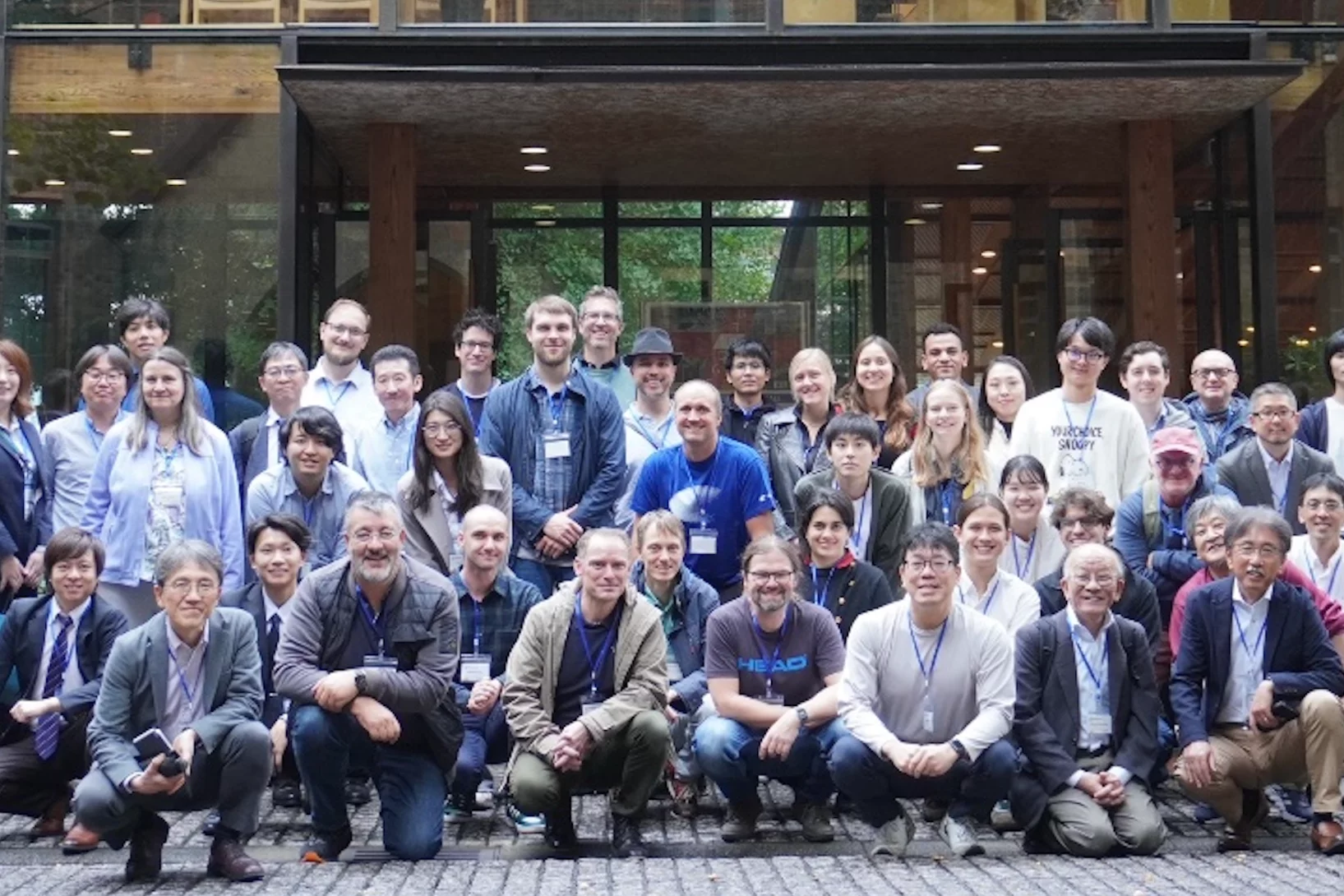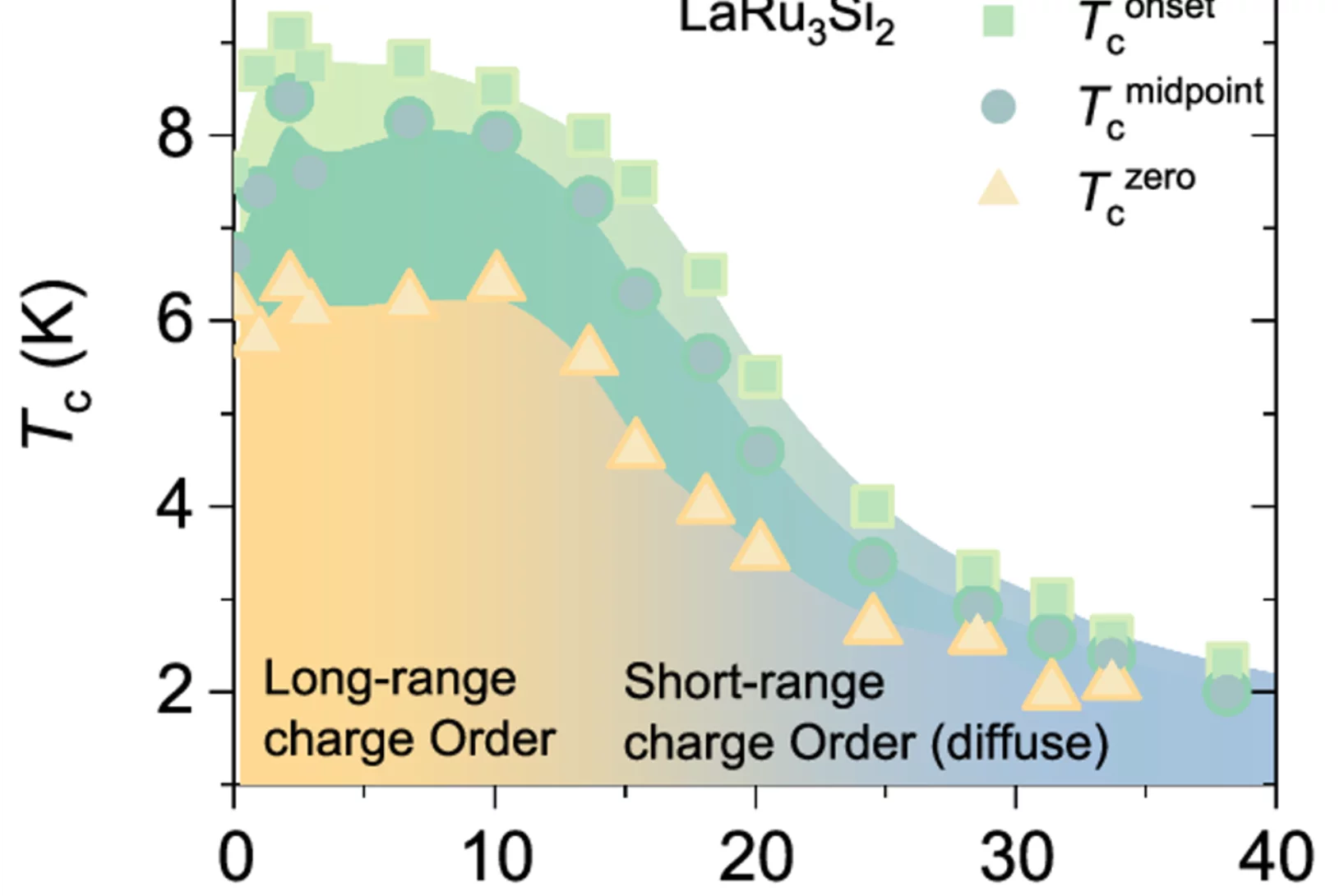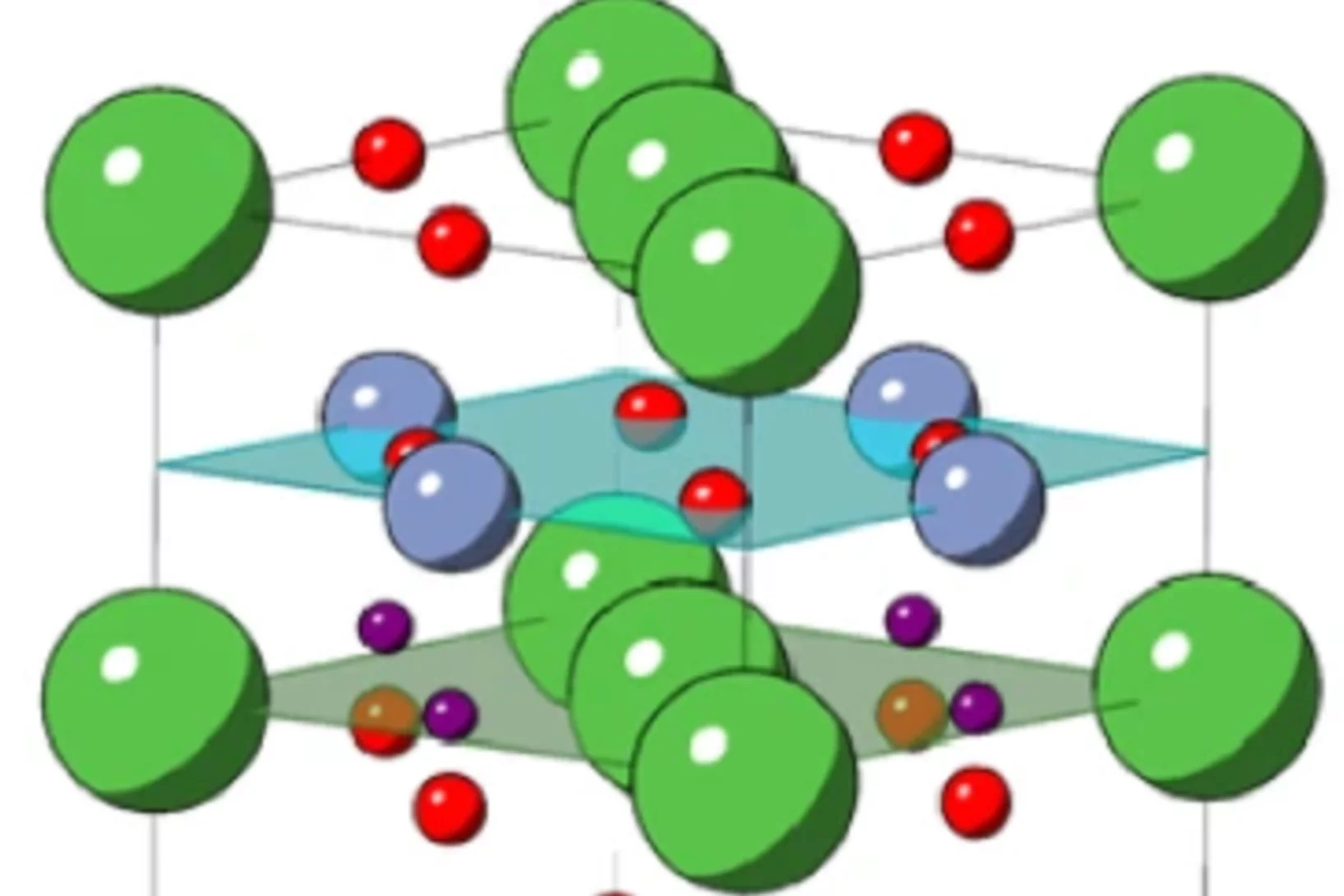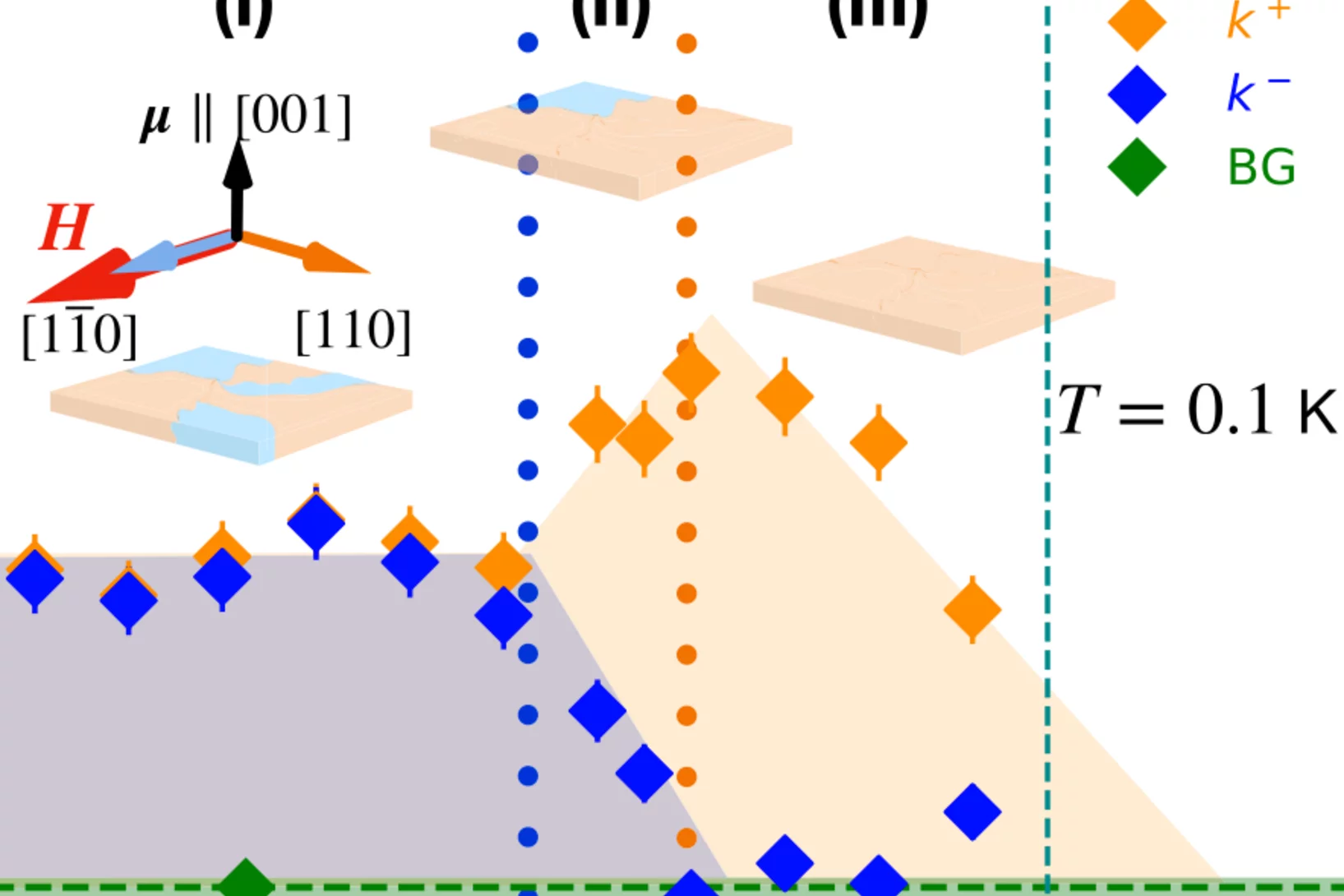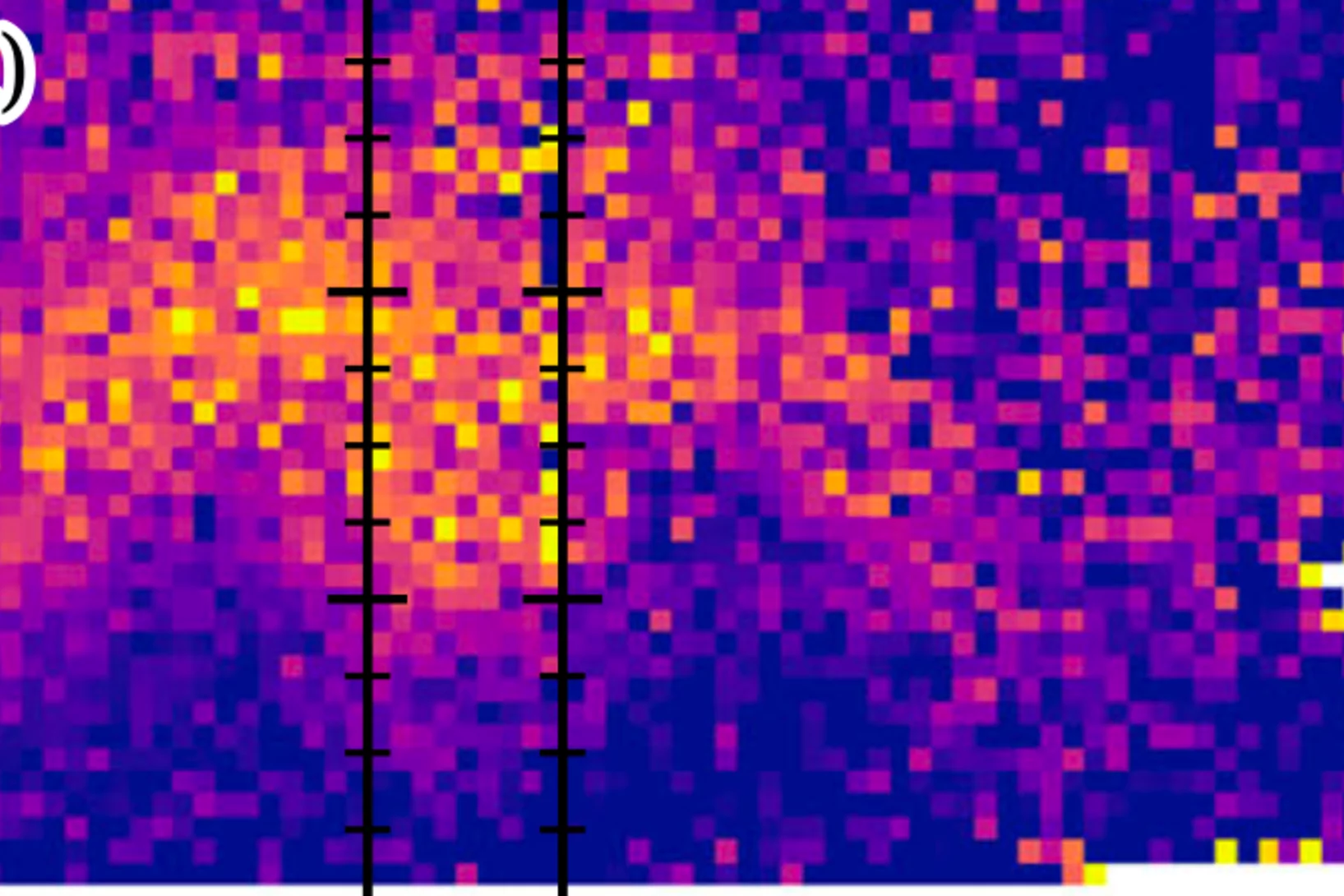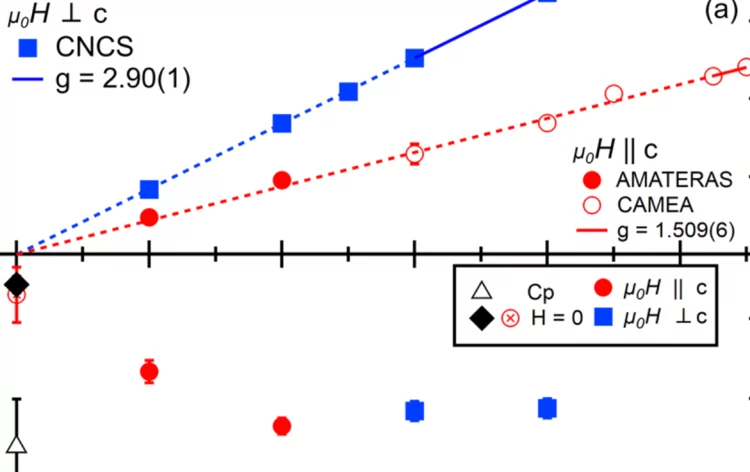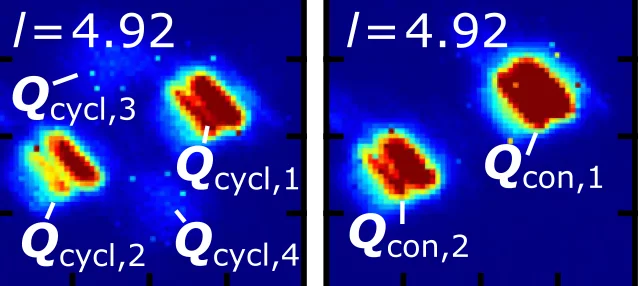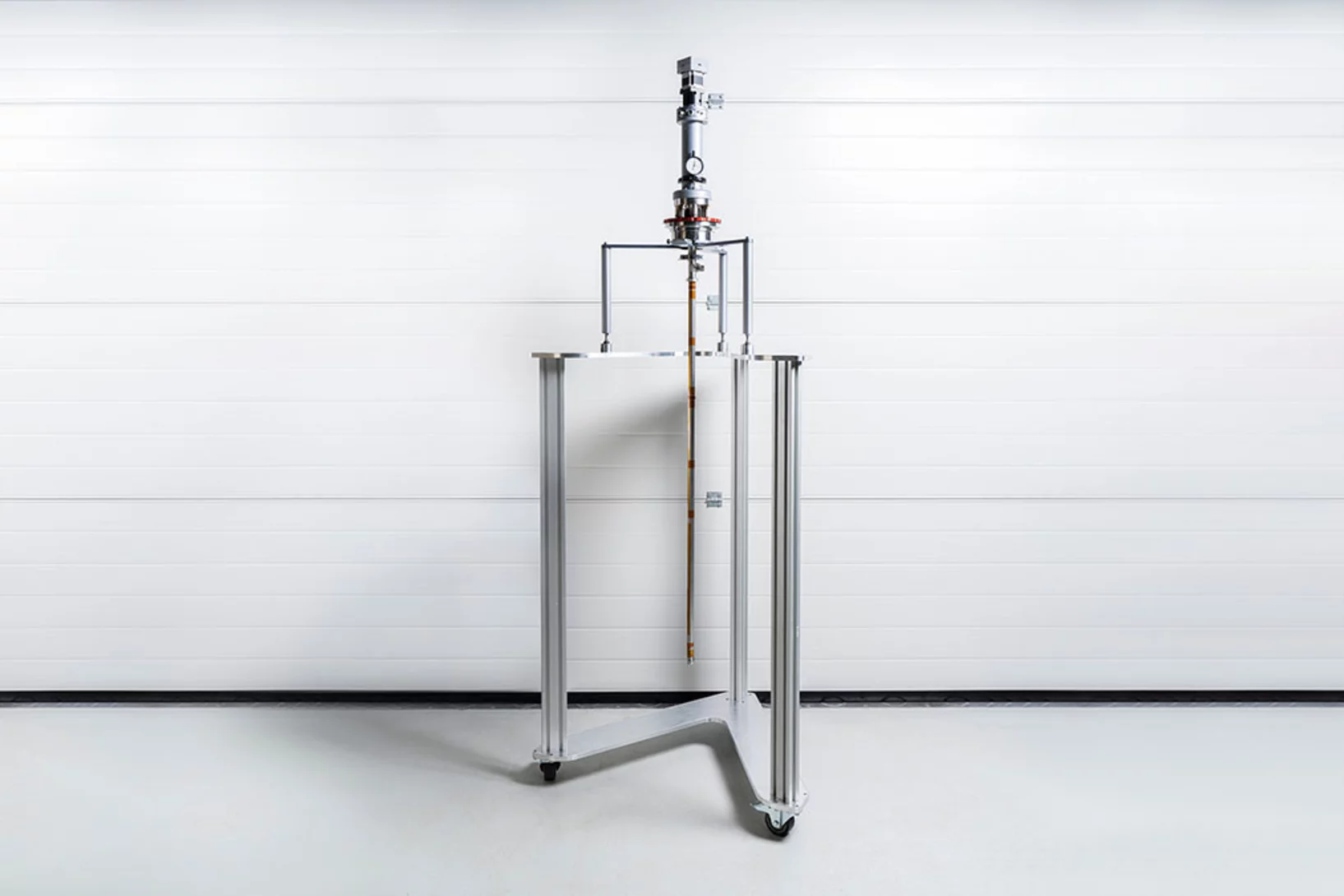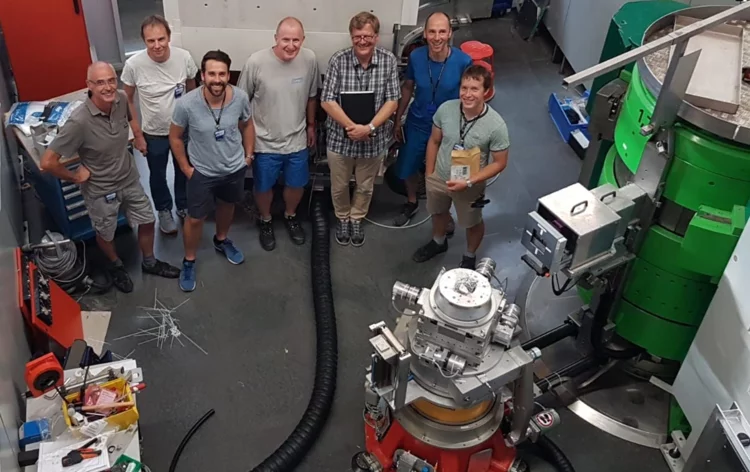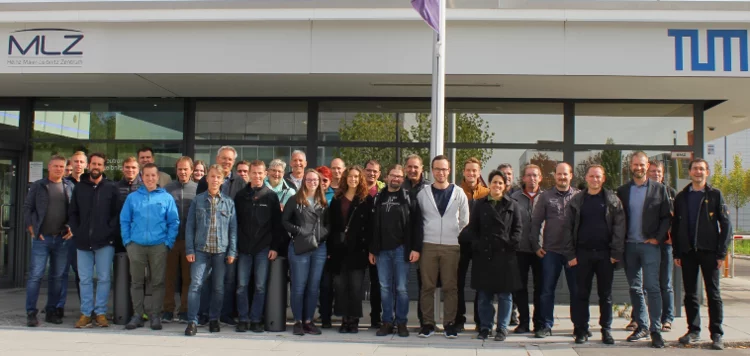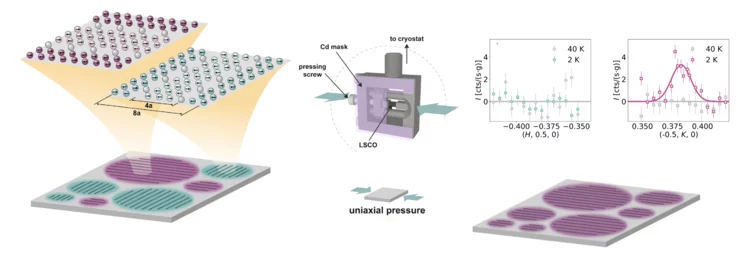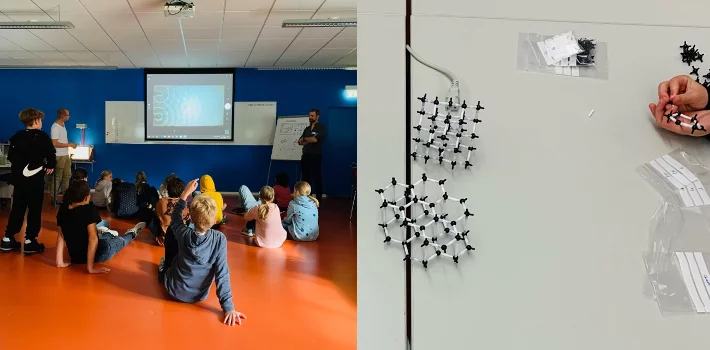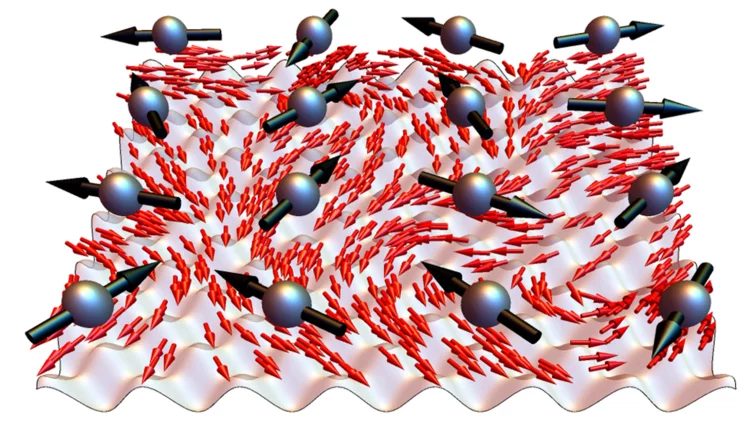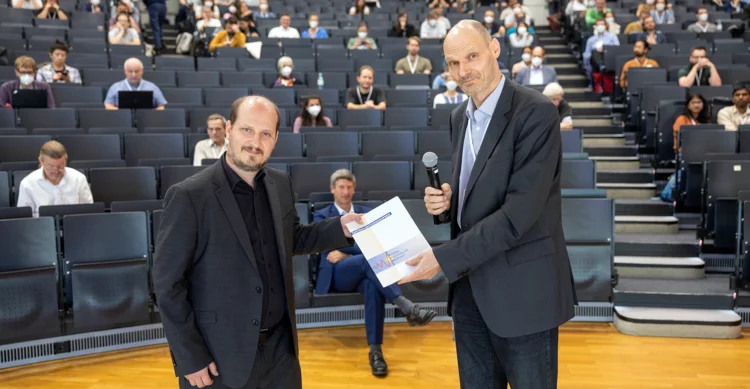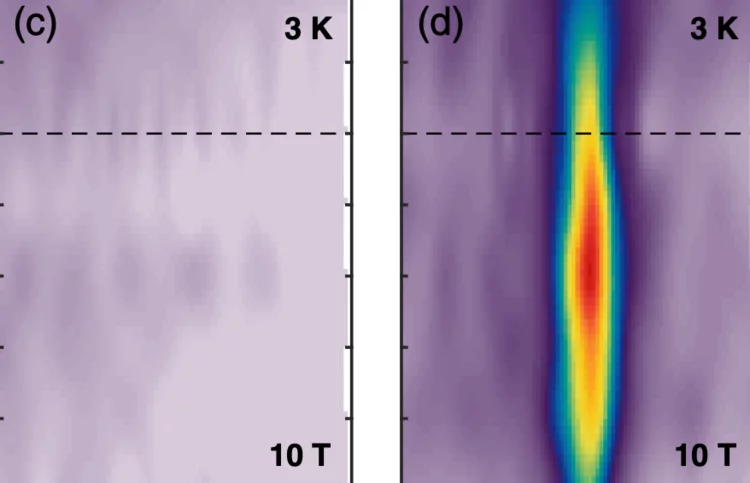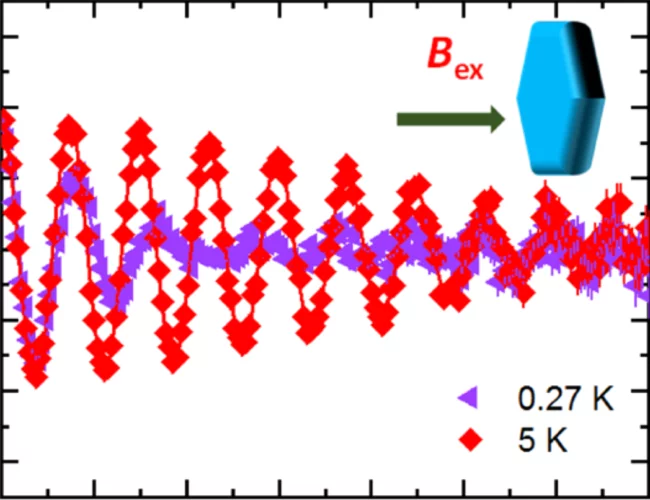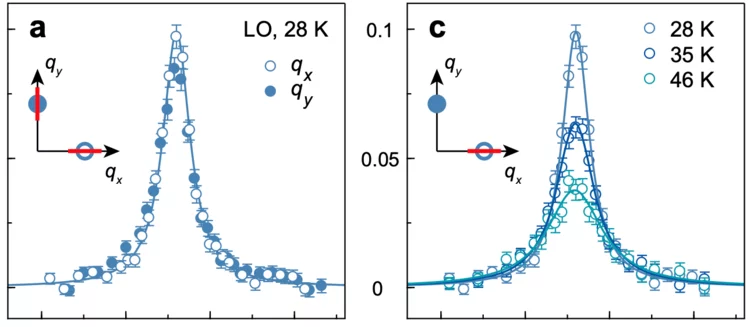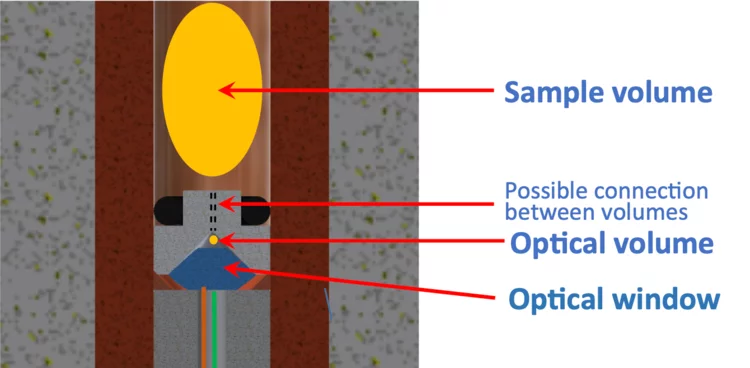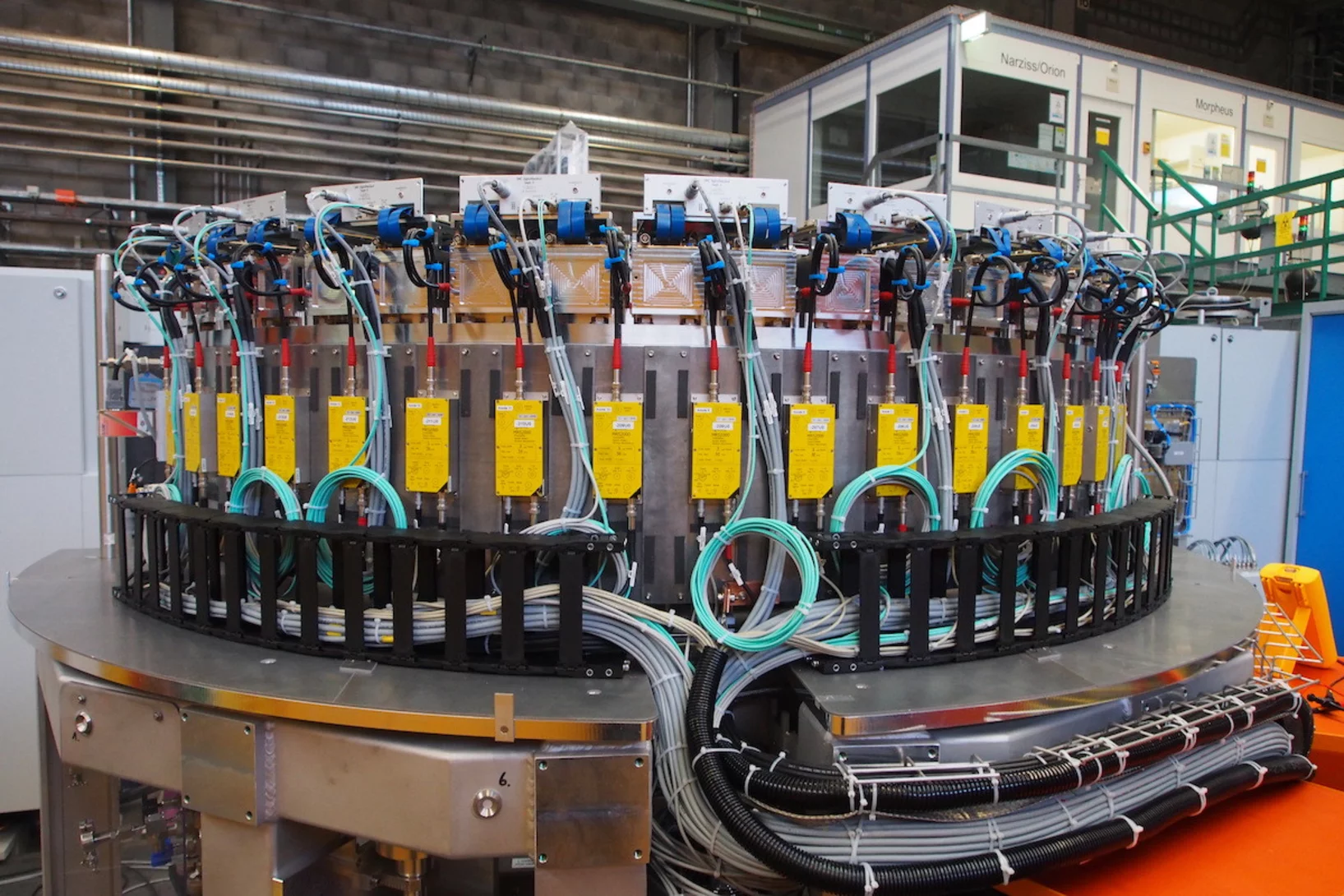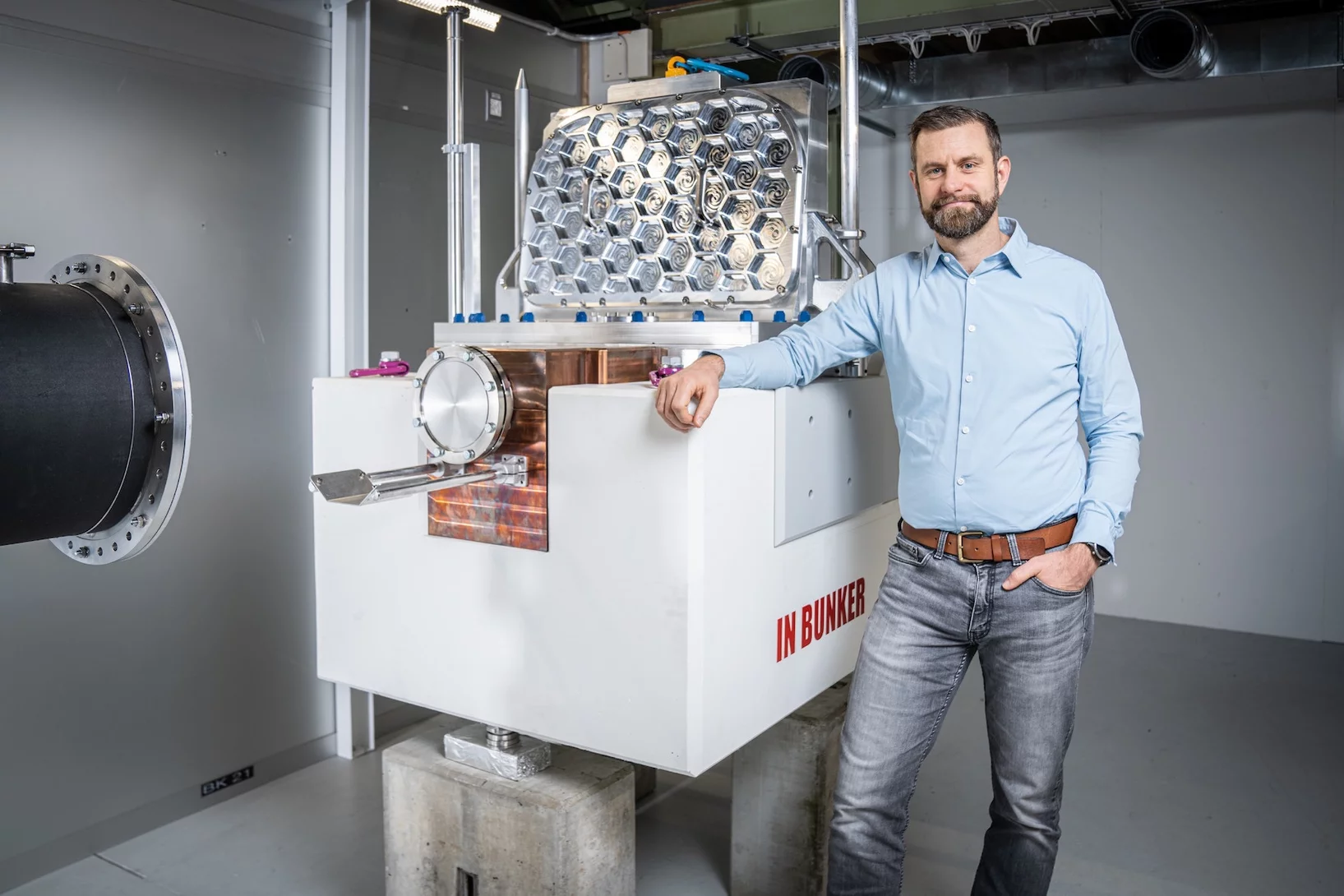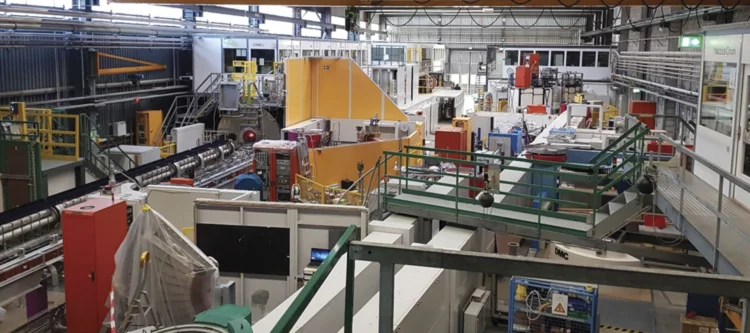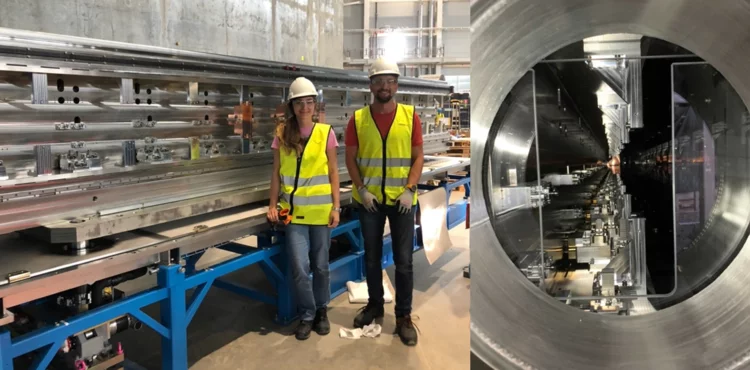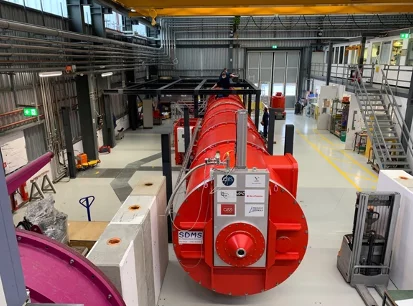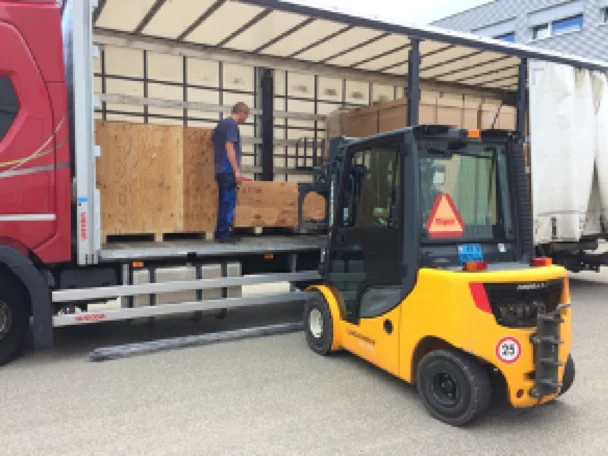Show filters
Second BRIDGE Workshop in Tokyo
The second BRIDGE workshop, “Bridging Research Innovations in Diverse muon and neutron science by GEneral collaboration between Japan and Switzerland”, took place at the University of Tokyo on October 20-22, 2025
Uwe Filges appointed new head of LIN Laboratory
Uwe Filges has been appointed new Head of the Laboratory for Neutron and Muon Instrumentation LIN as of 1 November 2025.
A New Quantum Landscape: Coexisting High-Tc Superconductivity, Magnetism, and Complex Charge Order in LaRu3Si2.
Despite intense research on kagome superconductors, many fundamental questions remain—especially regarding the unconventional nature of their charge order and superconducting phases. These materials are rich in complexity, and to truly unravel their behavior, a broad and integrated approach is essential. In our study ...
Pressure-enhanced splitting of density wave transitions in La3Ni2O7–δ
The observation of superconductivity in La3Ni2O7–δ under pressure, following the suppression of a high-temperature density wave state, has attracted considerable attention. The nature of this density wave order was not clearly identified. Here we probe the magnetic response of the zero-pressure phase of La3Ni2O7–δ as hydrostatic pressure is applied, and find that the apparent single density wave transition at zero applied pressure splits into two. The comparison of our muon-spin rotation ...
Spin-orbit control of antiferromagnetic domains without a Zeeman coupling
Encoding information in antiferromagnetic (AFM) domains is a promising solution for the ever growing demand in magnetic storage capacity. The absence of a macroscopic magnetization avoids crosstalk between different domain states, enabling ultrahigh density spintronics while being detrimental to the domain detection and manipulation. Disentangling these merits and disadvantages seemed so far unattainable. We report evidence ...
Connection between f-electron correlations and magnetic excitations in UTe2
The detailed anisotropic dispersion of the low-temperature, low-energy magnetic excitations of the candidate spin-triplet superconductor UTe2 is revealed using inelastic neutron scattering. The magnetic excitations emerge from the Brillouin zone boundary at the high symmetry Y and T points and disperse along the crystallographic b-axis. In applied magnetic fields ...
Dichotomous Electrons: Travelling without Moving
Neutron scattering experiments give new understanding of how localized and free-flowing electrons collaborate to create material functionality.
Field-tuned quantum renormalization of spin dynamics in the honeycomb lattice Heisenberg antiferromagnet YbCl3
The basis for our understanding of quantum magnetism has been the study of elegantly simple model systems. However, even for the antiferromagnetic honeycomb lattice with isotropic spin interactions – one of the simplest model systems – a detailed understanding of quantum effects is still lacking. Here, using inelastic neutron scattering measurements of the honeycomb lattice material YbCl3, we elucidate how quantum effects renormalize ...
Swiss precision optics in Sweden
PSI has finalized the precision Selene neutron optics for the ESTIA instrument. The complex state-of-the-art guide was installed at the European Spallation Source as a Swiss in-kind delivery.
Resonant Elastic X-Ray Scattering of Antiferromagnetic Superstructures in EuPtSi3
We report resonant elastic x-ray scattering of long-range magnetic order in EuPtSi3, combining different scattering geometries with full linear polarization analysis to unambiguously identify magnetic scattering contributions. At low temperatures, EuPtSi3 stabilizes type A antiferromagnetism featuring various long- wavelength modulations. For magnetic fields applied in the hard magnetic basal plane, well-defined regimes of cycloidal, conical, and fanlike superstructures may be distinguished that encompass a pocket of commensurate type A order without superstructure.
How to squash things carefully
A new in situ uniaxial pressure cell at Paul Scherrer Institute PSI gives scientists unrivalled control to tweak quantum materials microscopically and tune their properties.
Commissioning of the novel Continuous Angle Multi-energy Analysis spectrometer at the Paul Scherrer Institut
We report on the commissioning results of the cold neutron multiplexing secondary spectrometer CAMEA (Continuous Angle Multi-Energy Analysis) at the Swiss Spallation Neutron Source at the Paul Scherrer Institut, Switzerland. CAMEA is optimized for ...
The Laboratory for Neutron and Muon Instruments visits FRM II neutron research facility
Recently, the staff of the PSI’s Laboratory for Neutron and Muon Instrumentation (LIN) visited our colleagues at MLZ to learn more about the FRM II reactor and its instrumentation, as well as to discuss current and future joint projects. LIN staff was greeted with Bavarian hospitality in the form of “Weisswurst Frühstück” and then enjoyed a full tour of the facility and many fruitful discussions.
Single-domain stripe order in a high-temperature superconductor
The coupling of spin, charge and lattice degrees of freedom results in the emergence of novel states of matter across many classes of strongly correlated electron materials. A model example is unconventional superconductivity, which is widely believed to arise from the coupling of electrons via spin excitations. In cuprate high-temperature superconductors, the interplay of charge and spin degrees of freedom is also reflected in a zoo of charge and spin- density wave orders that are intertwined with superconductivity ...
Kinderuniversität Zürich visits PSI
On November 5, 2022, the Laboratory for Neutron and Muon Instrumentation in collaboration with the Correlated Quantum Matter group at the University of Zurich carried out the workshop “Wellenspiele” (German for “Playing with Waves”) for the Kinderuniversität Zürich (“Children’s University Zurich”) for the first time.
Clarifying the fate of collective metallic quantum states
Many complex metals exhibit collective states in which electrons appear to collaborate to generate novel and frequently functional behavior. These states develop when metals are cooled down to remove the effects of thermal fluctuations, enabling collective states in which electrons move coherently through the material. These collective electronic states are of tremendous importance because they are the foundation for many quantum states of interest such as unconventional superconductivity, frustrated magnetism, hidden order, as well as topologically non-trivial and electronic-nematic states.
Artur Glavic received the first Instrumentation Price Neutron Research
Artur Glavic received the first Instrumentation Price Neutron Research “for his significant contributions to the development and construction of novel neutron reflectometers”.
SANS-LLB at PSI: keeping up with the soft matter community needs
The shutdown of the Orphée reactor at LLB (Saclay, France) and the upgrade of the SINQ neutron guide system at PSI (Villigen, Switzerland) in 2019 were the beginning of a long-term collaboration between PSI and LLB. The SANS-LLB instrument, formerly known as PA20, has travelled more than 500 km, and since 2020 is being installed at SINQ/PSI as a collaborative effort between PSI and LLB. The aim is to make a modern SANS instrument available to the soft matter neutron scattering community at the SINQ spallation source.
Unveiling Unequivocal Charge Stripe Order in a Prototypical Cuprate Superconductor
In the cuprates, high-temperature superconductivity, spin-density-wave order, and charge-density-wave (CDW) order are intertwined, and symmetry determination is challenging due to domain formation. We investigated the CDW in the prototypical cuprate La1.88Sr0.12CuO4 via x-ray diffraction employing uniaxial pressure as a domain-selective stimulus to establish the unidirectional nature of the CDW unambiguously.
Microscopic evidence for anisotropic multigap superconductivity in the CsV3Sb5 kagome superconductor
The recently discovered kagome superconductor CsV3Sb5 (Tc ≃ 2.5 K) has been found to host charge order as well as a non-trivial band topology, encompassing multiple Dirac points and probable surface states. Such a complex and phenomenologically rich system is, therefore, an ideal playground for observing unusual electronic phases. Here, we report anisotropic superconducting properties of CsV3Sb5 by means of transverse-field muon spin rotation (μSR) experiments.
Uniaxial pressure induced stripe order rotation in La1.88Sr0.12CuO4
Static stripe order is detrimental to superconductivity. Yet, it has been proposed that transverse stripe fluctuations may enhance the inter-stripe Josephson coupling and thus promote superconductivity. Direct experimental studies of stripe dynamics, however, remain difficult. From a strong-coupling perspective, transverse stripe fluctuations are realized in the form of dynamic “kinks”—sideways shifting stripe sections. Here, we show how modest uniaxial pressure tuning reorganizes directional kink alignment.
Waves on circular paths
Just as electrons flow through an electrical conductor, magnetic excitations can travel through certain materials. Such excitations, known in physics as "magnons" in analogy to the electron, could transport information much more easily than electrical conductors. An international research team has now made an important discovery on the way towards such components, which could be highly energy-efficient and considerably smaller.
Optical Setup for a Piston-Cylinder Pressure Cell: A Two-Volume Approach
Measurement of the absolute value of the applied pressure in high-pressure muon and neutron experiments is a complicated task. It often requires the presence of a calibration material inside the sample volume, and could also cause additional time to obtain the response of the calibrant. Here we describe the use of optical calibrants for precise determination of the pressure value inside the piston-cylinder clamp cells.
High-performance detector for DMC enters hot commissioning phase
The cold neutron diffractometer DMC at SINQ is currently undergoing major upgrades. After the recent replacement of the cold neutron guide as part of the SINQ upgrade program, the installation of the new high-performance 2D position-sensitive detector successfully entered the hot commissioning phase.
The world’s most powerful neutron microscope
Researchers from the Paul Scherrer Institute PSI in Villigen have delivered a key component for the ESTIA reflectometer at the European Spallation Source ESS based in Lund, Sweden. When it comes into service in 2026, ESS will be the world’s most powerful neutron source. Switzerland is making a vital contribution to the project. Scientists from across the globe will use ESS instruments to study processes and structures on the atomic scale, advancing materials research to a new level.
SINQ - performance of the new neutron guide system
In a recent open access article in "Neutron News" the performance of the new neutron delivery system after the SINQ upgrade has been described. Neutron flux gain factors between 2 and more than 10 have been measured at the various cold neutron instruments at SINQ.....
First Components of ESTIA arrive at ESS
The European Spallation Source (ESS) is currently under construction in Lund, Sweden and is set to become the most powerful neutron source in Europe and world-wide. The PSI-ESS project is delivering state-of-the-art contributions to five instruments at ESS, which will be home to a suite of 15 novel instruments. Among the five PSI instruments, the reflectometer ESTIA stands out as it is delivered in its entirety by PSI ...
A new small angle neutron scattering instrument arrives at SINQ from LLB
In 2018 an agreement between the Laboratoire Léon Brillouin (LLB) and Paul Scherrer Institut has been signed with the aim to jointly operate a new small angle neutron scattering (SANS) instrument at the Swiss spallation neutron source SINQ.
Marc Janoschek appointed Associate Professor ad personam at University of Zurich
Marc Janoschek, the head of the Laboratory for Neutron and Muon Instrumentation (LIN), was appointed as Associate Professor ad personam for experimental physics – correlated quantum materials at the University of Zurich starting February 1, 2021.
FALCON - a new instrument project at SINQ
Early 2020, an agreement between the Helmholtz-Zentrum Berlin and Paul Scherrer Institut has been signed, according to which the recently commissioned Laue Diffractometer Falcon (E11) would be transferred from HZB to PSI. The purpose of this agreement was to make state-of-the-art equipment from the recently closed research reactor BER-II at HZB work for scientific community at SINQ.

